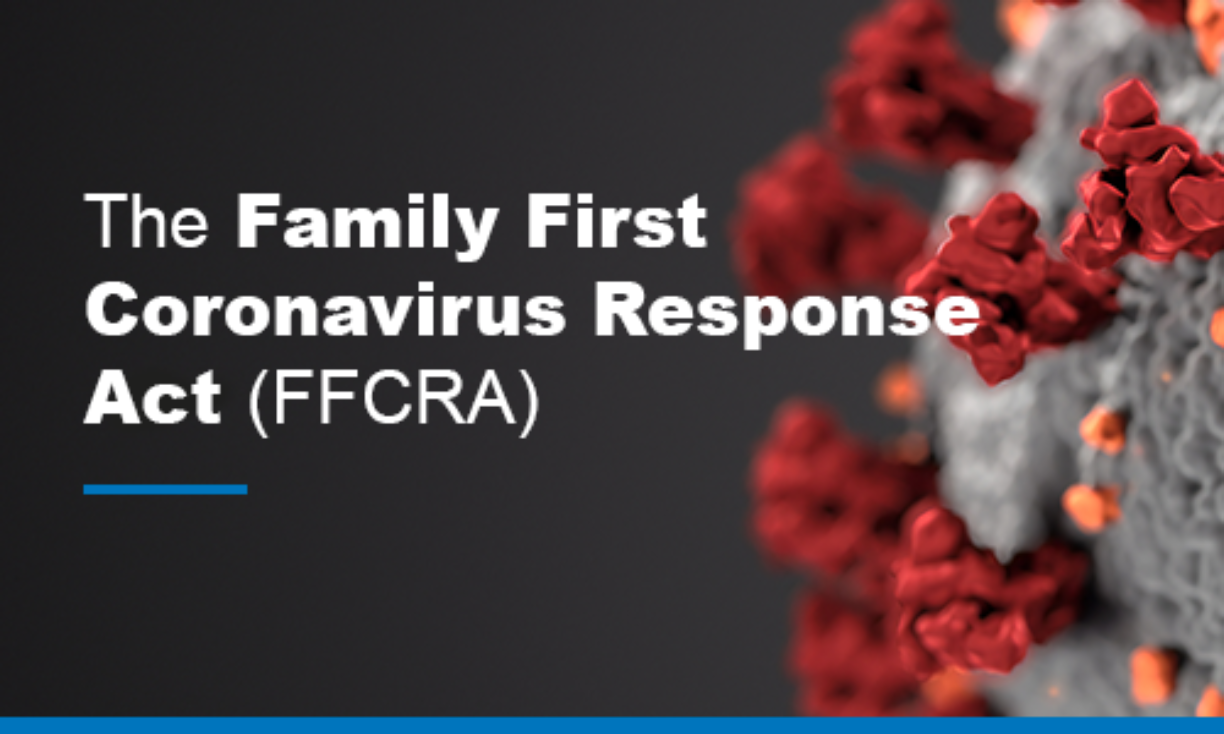By Kelly A. Trainer and Katy A. Suttorp, Burke, Williams & Sorenson, LLP

As more employees physically return to work, employers are facing questions regarding an employee’s leave entitlement to care for children due to the closure of the child’s school or place of care or because of the unavailability of the child’s care provider. In addition, many employers are beginning to face challenges in coordinating the employee’s Emergency Family Medical Leave Act (EFMLA) entitlement with other statutory leaves, specifically the traditional Family Medical Leave Act (FMLA), the California Families Rights Act (CFRA), the California Pregnancy Disability Leave Law (PDL), and the Family First Coronavirus Response Act’s Emergency Paid Sick Leave Act (EPSLA).
In this article, crafted for The Authority, the monthly digital newsletter of the California Joint Powers Insurance Authority (California JPIA), we have included five scenarios that show the coordination of EFMLA with an employee’s other statutory leave rights and their employer paid leaves. These scenarios assume that the employee meets all qualification and eligibility standards for each of the referenced leave.
Some of these scenarios involve an employer voluntarily paying more than the FFCRA requires. The scenarios are not intended as guidance in terms of leave payments that qualify for tax credits for eligible employers. We encourage employers to seek guidance from their tax consultants on those issues. Finally, note that “weeks” is used instead of “workweeks” in the scenarios.
Employers are reminded that the Department of Labor’s frequently asked questions clarify that place of care includes “a physical location in which care is provided for your child. The physical location does not have to be solely dedicated to such care. Examples include day care facilities, preschools, before and after school care programs, schools, homes, summer camps, summer enrichment programs, and respite care programs.” Further, a childcare provider is “someone who cares for your child. This includes individuals paid to provide childcare, like nannies, au pairs, and babysitters. It also includes individuals who provide childcare at no cost and without a license on a regular basis, for example, grandparents, aunts, uncles, or neighbors.” Employers are encouraged to frequently refer to the frequently asked questions, as the Department of Labor continues to update them and provide additional guidance.
Providing innovative risk management solutions for its public agency partners for more than 40 years, the California Joint Powers Insurance Authority (California JPIA) is one of the largest municipal self-insurance pools in the state, with more than 100 member cities and other governmental agencies. Members actively participate in shaping the organization to provide important coverage for their operations. The California JPIA provides innovative risk management solutions through a comprehensive portfolio of programs and services, including liability, workers’ compensation, pollution, property, and earthquake coverage, as well as extensive risk management training and loss control services. For more information, please visit the California JPIA’s website at www.cjpia.org.
